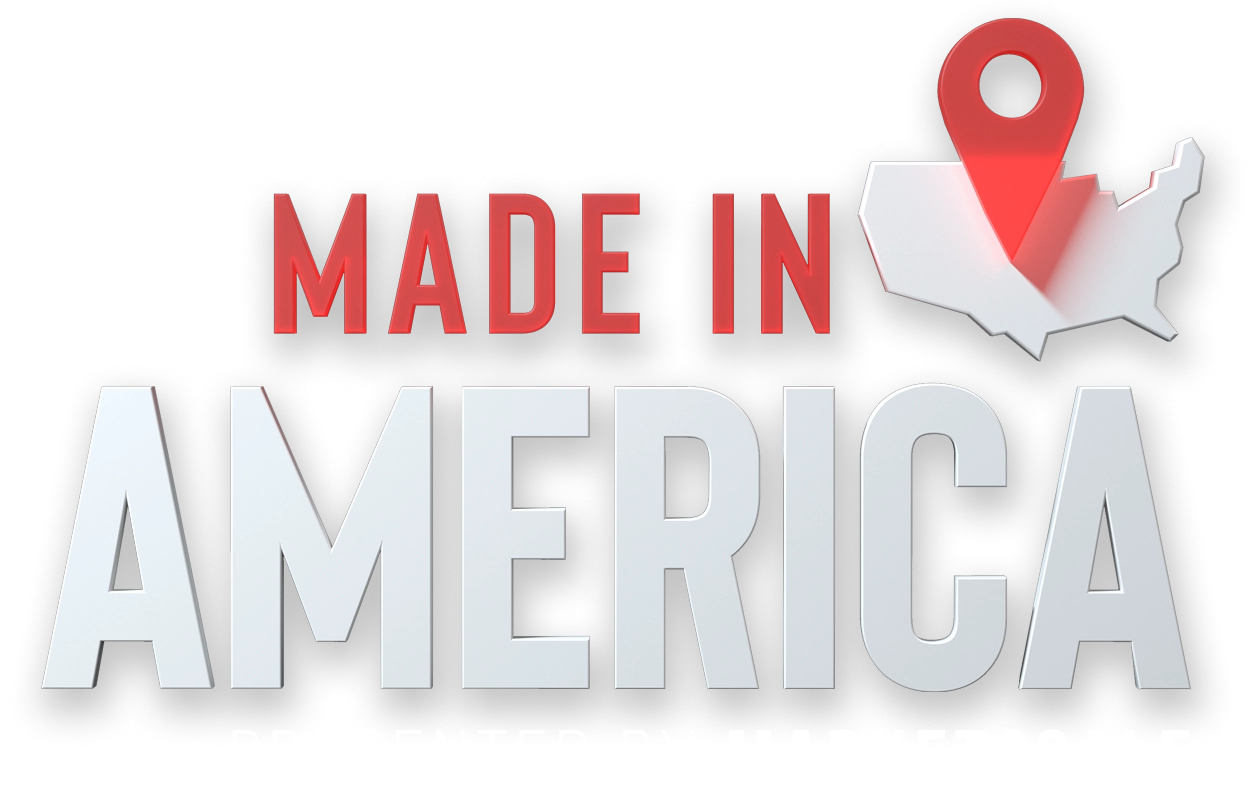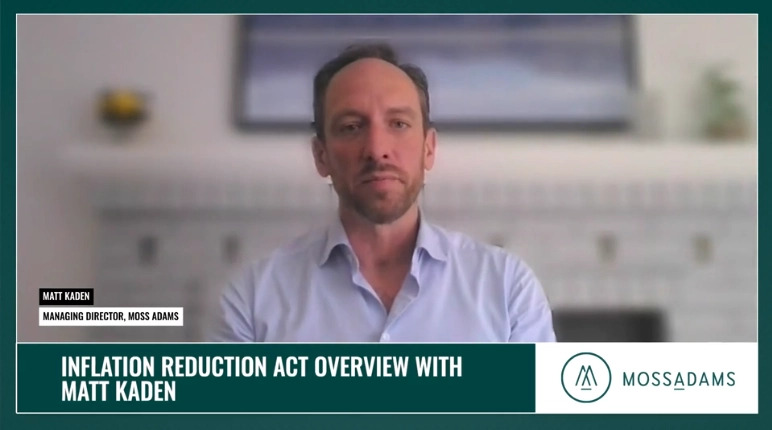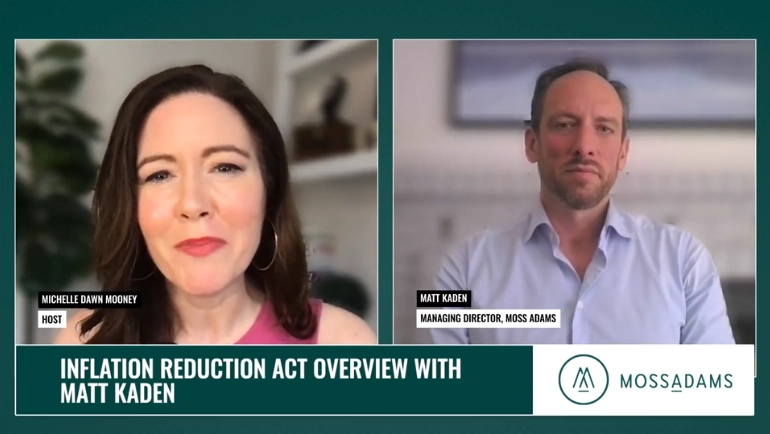Made in America feat. PanTech Design
America’s energy infrastructure is aging. That’s a problem on many levels, but, at its core, it means we’re getting further and further away from meeting rising demand.
The innovations of the future are exciting, but they need power to match. Without it, our grid is hamstrung.
Companies looking to meet this challenge head on have increased their focus on energy automation, grid storage, support for renewable energy, and more. And we’re about to meet one.
On this trip, we are visiting a company that is innovating and disrupting the way we manage our energy consumption and automation — right from our homes.
Right here only on Made in America.



